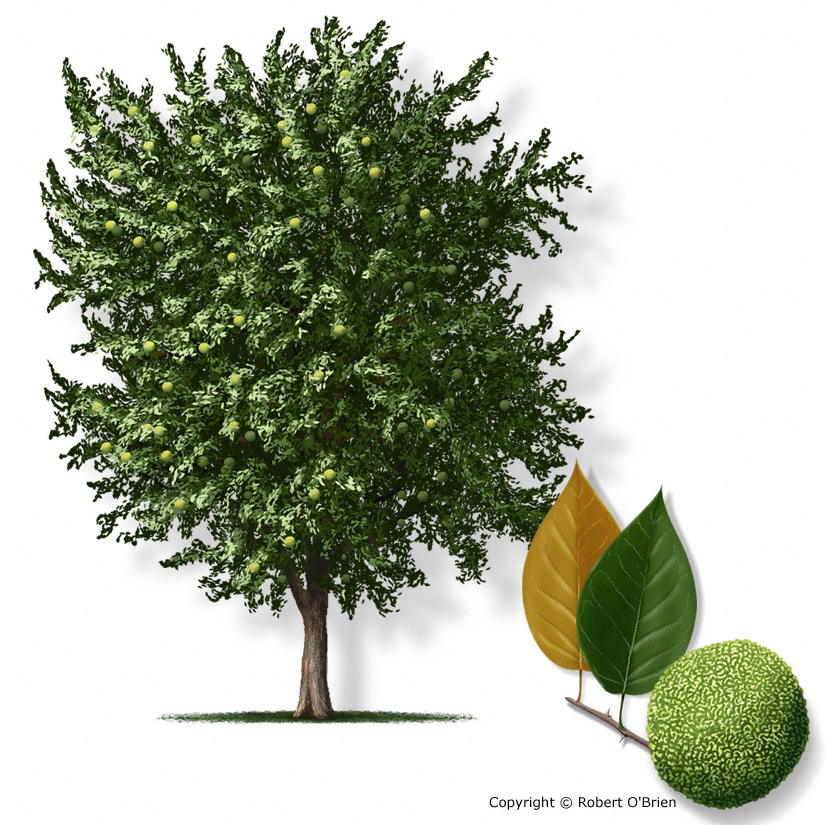If there is a forum section in which this thread would be better placed, MODS should feel free to move it there. On inspection, I could not find one that seemed more appropriate.
Not long ago, a very kind gentleman, a STERLING individual was kind enough to send me some chunks of Bois D'arc wood, which are of suitable shape/size for fashioning into pistol stocks. I am in his debt.
I've known, for a long time, that this species of wood is harder than hammered cat-STUFF, very dense, and can be difficult to work with. My progress is slow, due to the wood, and my marginal wood working skills.
I am seeking advice from more experienced wood workers (whether in general or with this species of wood, in particular), on best techniques and tools for such a project. Please DO NOT assume that any advice you might give is so obvious that I might already know it (if I DO already know it, it won't hurt me to hear it again).
I DO understand about going slowly, not just due to the nature of the wood itself, but also in the interest of "making mistakes slowly", so as to correct them. The nice thing about Bois D'arc is, even if one does NOT wish to go slowly, THEY WILL. I don't mind this, but I am not young. If there are techniques that save time/labor, I welcome hearing of them.
My tools are minimal. I have a portable hand saw, which I would not hesitate to use for large, gross cuts, but will likely stick to a fairly aggressive hand saw and a hack saw for any cuts requiring any level of precision. I have a serious-duty Dremel tool, with which I am semi-acquainted, which I would also not hesitate to put to use. I have an inexpensive, though very effective reverse-cut(?) "Japanese style" saw, also.
All/any constructive input is appreciated.

|
   
   
|


|




 Reply With Quote
Reply With Quote
























